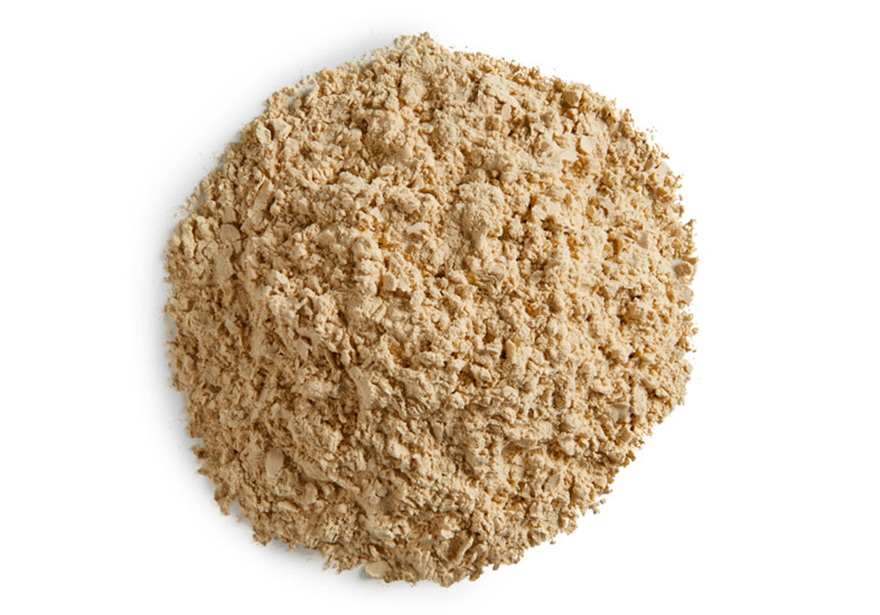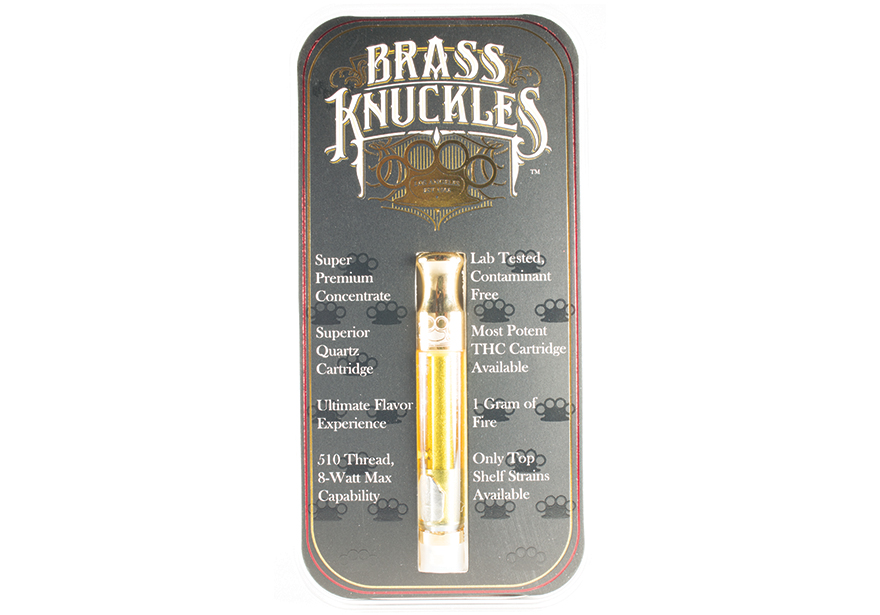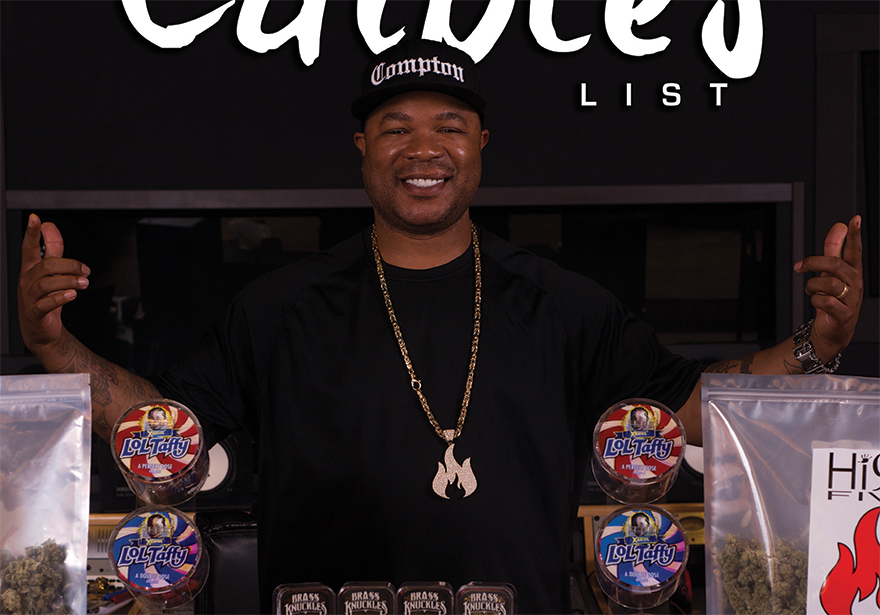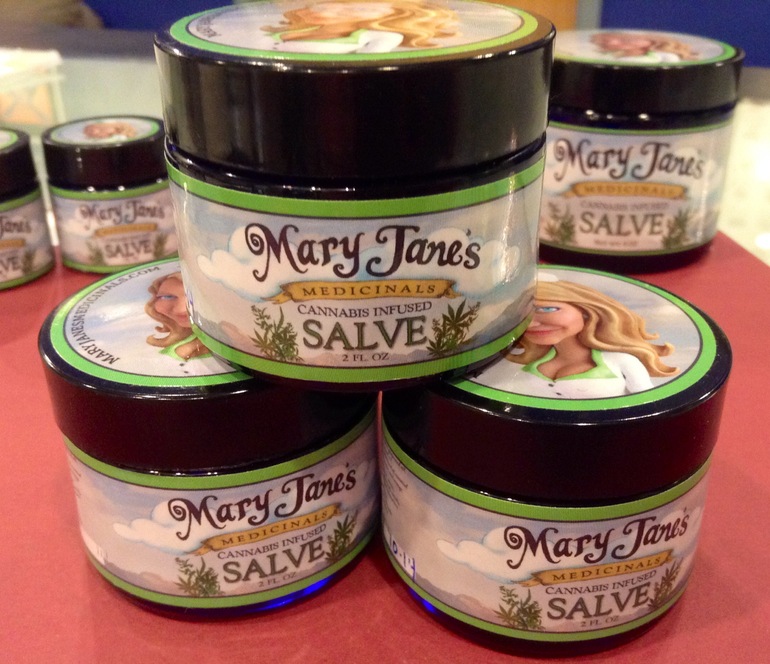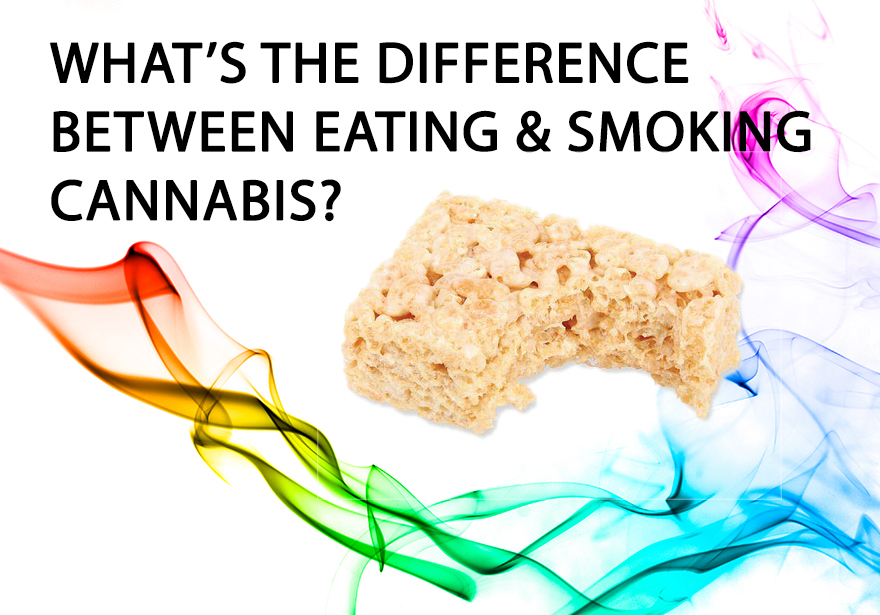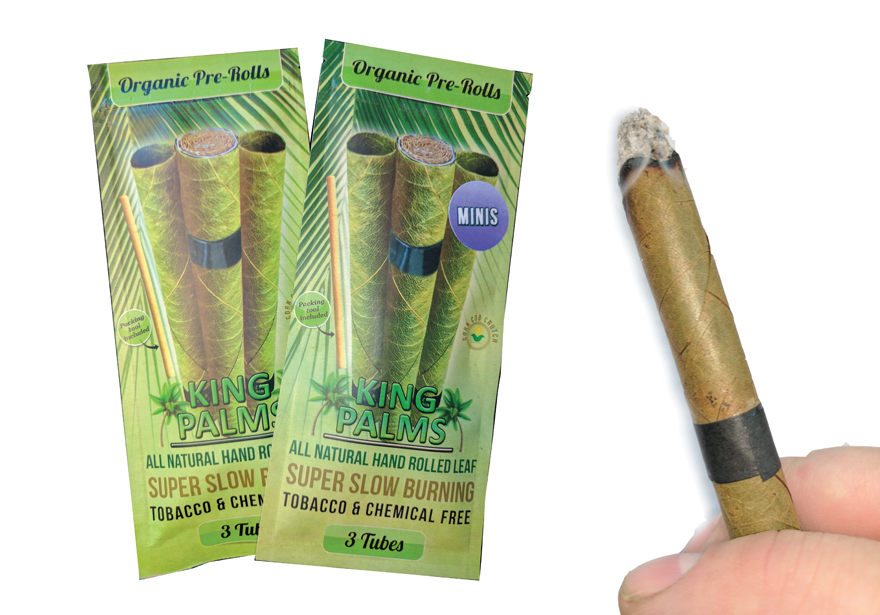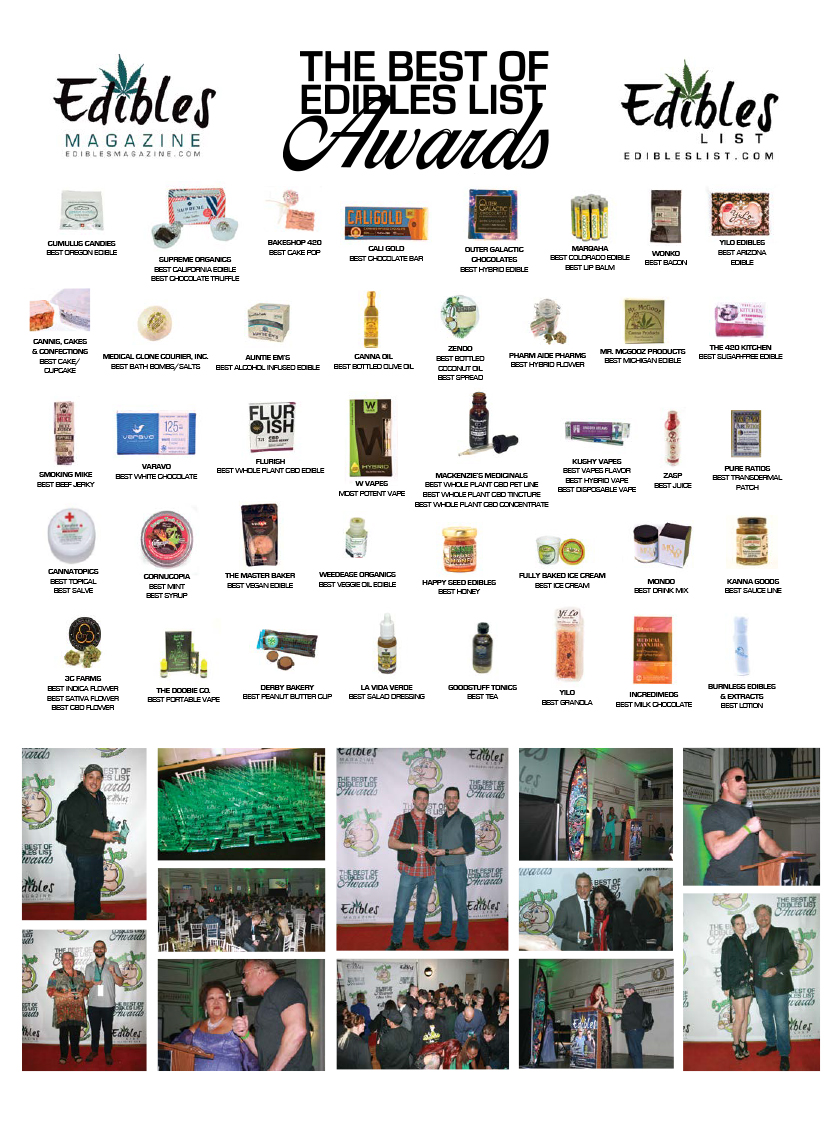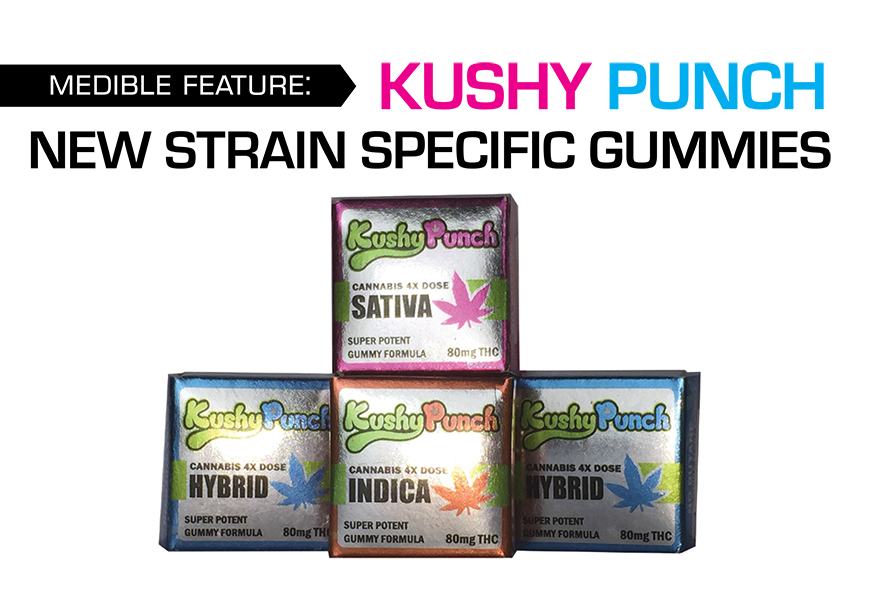Everyone wants more protein in their diet and luckily now there are more ways than ever to add protein to your cannabis baked good products. Since everyone has specific protein preferences, it is important to be aware of the proteins available and pick the one that best fits your clientele.
The FDA recommends about 50 grams of protein a day, but of course, every individual has different protein needs based on their lifestyle. There have been many diet trends over the years that focus on high protein and low carb meals, including the latest “Paleo” style diet program. There is no right or wrong answer when it comes to protein consumption levels and this article is not designed to mandate any specific amount, but more inform edible makers of what types of proteins they can work with and how to incorporate them into food products
Proteins are often defined as either “isolates” or “concentrates”. A typical protein concentrate may deliver about 80% protein, while an isolate is usually a powder that has more than 90%. The other 10 to 20% is made up of carbohydrates, sugars and whatever else was derived from the source. Protein powders can be bought in bulk online. It is important to ensure that you only buy unflavored protein powders – to avoid adding unwanted artificial flavor, present in the raw material, into your final product.
There are vegetarian plant based proteins that are extracted from soy, pea, potato and lentils. Soy protein is an allergen and should be listed on your ingredient statement. Pea protein can have a “beany” taste that may not work with your edible creation. There are also rice proteins, which are allergen free and without any of the strong flavors associated with pea. Then of course, there is our favorite protein – the hemp protein. It has a delicious nutty flavor and soft texture. It is fairly easy to find (usually available at markets that sell bulk or organic ingredients). The only big issue with Hemp is the price. Most of it is imported from Canada and can cost $10 to $15 a pound.
Dairy based proteins are extracted from milk and include casein, whey, or a combination of the two. A combination may be referred to as “milk protein concentrate”. Always look closely at the ingredients and make sure the information is clearly labeled on your finished product baked good as well. All dairy proteins are considered to be allergens and should be listed on your packaging.
Meat based proteins like gelatin and collagen are now being considered as protein boosters in baked goods and snacks. Gelatin and collagen are thought to be very good for the bones, skin and joints. Meat based proteins are obviously not vegetarian and is made from animal by-products, including skin, bones, and connective tissue. Brand new on the market is an 80% chicken protein powder isolate, sold by IDF (http://idf.com/dehydrated-chicken-protein-powder/).
There are various harder to find, having only just come to the market products are typically sold by manufacturers in large quantities i.e. pallets. These include coconut protein (50% protein concentrate), Lentil protein powder (80% protein concentrate) and Potato protein (90% protein isolate)
When creating baked goods with proteins you should try a low, medium and high level of protein in the food product. Too much protein may make your cookies or cakes very chewy or, if you use dairy based proteins, it may give it a sweet “milky” taste. Meat proteins like gelatin can give your finished product an undesirable flavor as well. To understand what this flavor is, go to any store and buy sheets of plain, unflavored gelatin and you can then decide how much of that flavor you want in your finished food product. For smoothies, protein powders do not really “dissolve” they just disperse – so if you plan to make a dry protein shake mix, you should either blend it with other ingredients (like a starch or maltodextrin) that will give you a final thick smoothie texture, or suspend the proteins in the aqueous portion of your mix (the water or milk) with a gum like xanthan, guar, or carrageenan.
Always weigh out your ingredients carefully and calculate the grams of protein by how much protein was in your starting material. If you begin with an 80% protein concentrate, multiply the grams called for in your recipe by 80%– then divide that amount by the number of total portions made from the recipe. Clients like knowing how many grams of protein will be in their serving. You should mention it on the package as “X grams of protein per serving”. With THC infused edibles the portions are usually quite small so this scenario of delivering 5 to 10 g of protein per serving would make sense if the serving is full sized and dosed appropriately for someone to consume in one sitting.
For assistance with all your cannabis food product creations you can contact Rachel directly at Rachel@cannabisculinologist.com or check out the website:
www.cannabisculinologist.com
RACHEL ZEMSER
STAFF EDITOR

